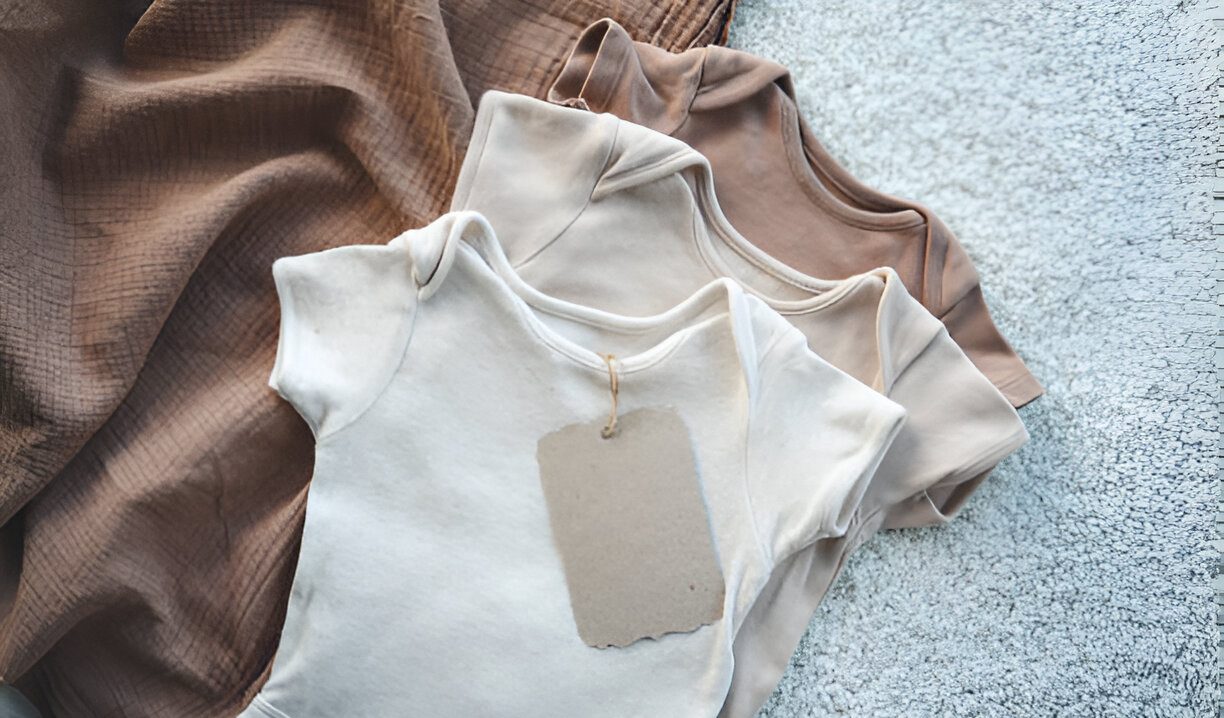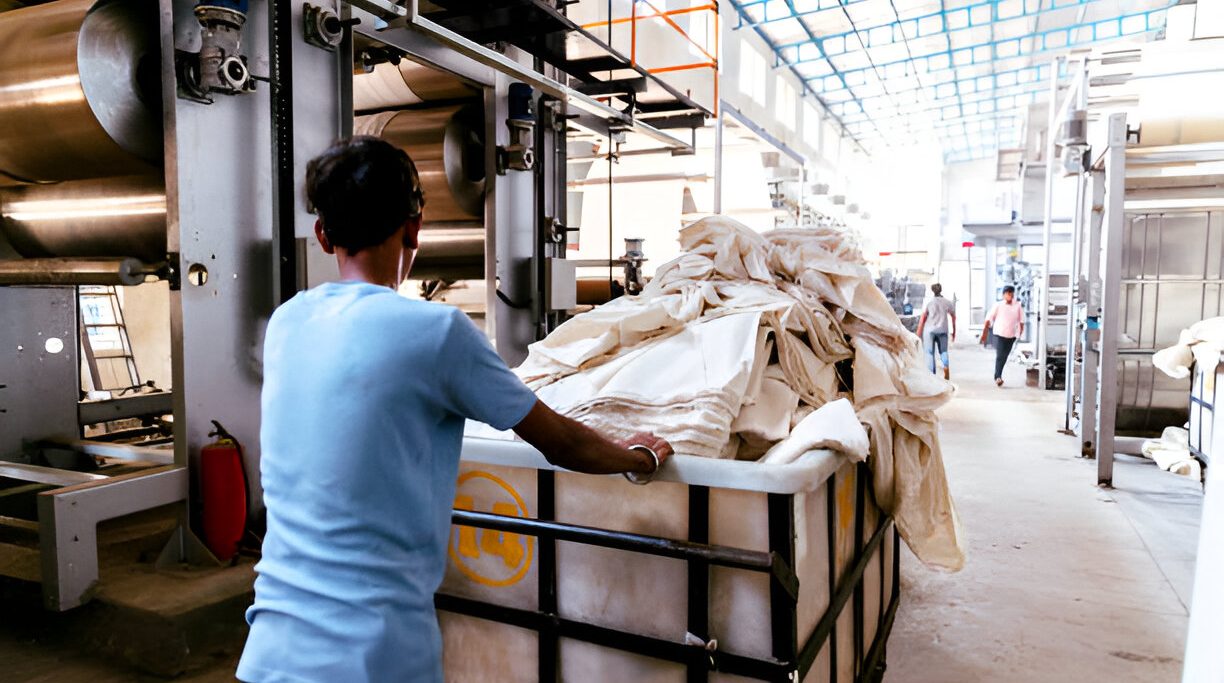What seems like a simple baby garment hides a world of precision, compliance, and innovation. Onesies are more than just adorable—they’re technical marvels, built to meet international safety laws, durability requirements, and comfort expectations. Whether you’re a parent, brand owner, or manufacturer, understanding what goes into producing a high-quality onesie can change how you view babywear forever.
Why Onesies Are a Big Deal in Apparel Manufacturing
In the U.S., baby onesies fall under stringent safety regulations enforced by the Consumer Product Safety Commission (CPSC). If the product is labeled as sleepwear, it must meet strict flammability standards, either by using flame-resistant chemicals or maintaining a tight-fitting design.
But that’s just the beginning.
Under the Consumer Product Safety Improvement Act (CPSIA), manufacturers must test:
- Fabric and fiber composition
- Dyes and pigments
- Zippers, snaps, thread, and labels
- Traceability details for tracking and recall purposes
A similar story unfolds worldwide:
- Europe requires REACH compliance (restricting over 2000 harmful chemicals)
- Canada monitors lead levels and fastener safety
- Australia and New Zealand have flammability and labeling rules
- UK has its own compliance standards post-Brexit
To sell globally, every onesie must come with lab test reports, factory audits, and certifications. For exporters and private label brands, compliance is non-negotiable.
Designing a Onesie: Where Comfort Meets Engineering
Once compliance is in place, the focus shifts to thoughtful design. Here’s what expert manufacturers consider:
1. Fabric Selection
Most onesies are made from:
- Organic Cotton (GOTS-certified)
- Interlock / Jersey Knit / French Terry
- Bamboo Spandex / TENCEL™ for softness and breathability
Every batch undergoes testing for:
- Shrinkage after wash
- Colorfastness
- Fabric weight consistency (GSM)
- Moisture-wicking properties
- Flame resistance (for sleepwear)
2. Pattern Making & Cutting
A single onesie may include 8–12 panels: front, back, sleeves, gussets, placket, collar, feet, etc. Pattern precision ensures:
- No fabric waste
- Proper print placement (essential for AOP digital designs)
- Size accuracy (especially for 0–24 months with fast growth)
3. Closures: Zippers, Snaps & Fasteners
Zippers and snaps undergo:
- Strength testing (so they don’t detach)
- Toxicity checks (lead-free, phthalate-free)
- Durability tests (can withstand 50+ washes)
Well-designed onesies use:
- Front or diagonal zippers
- Two-way zips for diaper changes
- Covered plackets and zipper garages to prevent irritation
Production & Quality Assurance
Even in large-scale factories, onesie manufacturing combines automation with human inspection:
- Digital printing ensures soft hand-feel and eco-friendly output
- Laser cutting improves precision and reduces waste
- Heat-pressed labels replace itchy tags
- Flat-lock seams and soft bindings protect baby’s skin
Every finished piece is tested for:
- Color rub (crocking)
- Seam strength
- Zip/snap operation
- Label durability
Many factories are required to store test reports for up to 5 years for CPSC and EU regulations.
Packaging and Post-Manufacturing Compliance
Finished onesies often come with:
- Biodegradable or recyclable packaging
- Tracking labels that meet CPSIA traceability rules
- Size stickers, wash-care labels, and safety warnings as per country guidelines
The Bottom Line: Simplicity That’s Engineered
A onesie might look soft and simple, but it’s the outcome of:
- Global regulatory compliance
- Smart textile engineering
- Baby-centric ergonomic design
- Dozens of quality checks and safety tests
At Cotton Monk, we manufacture baby onesies not just for comfort—but for confidence. Confidence for the parent, who knows the product is safe. Confidence for the brand, knowing it meets export standards. And confidence for the baby, who gets to wear something that truly cares for their skin.



